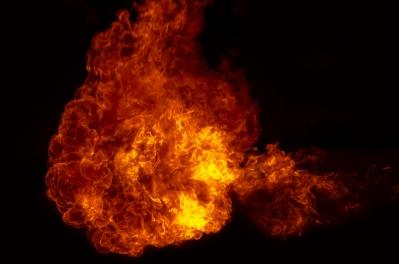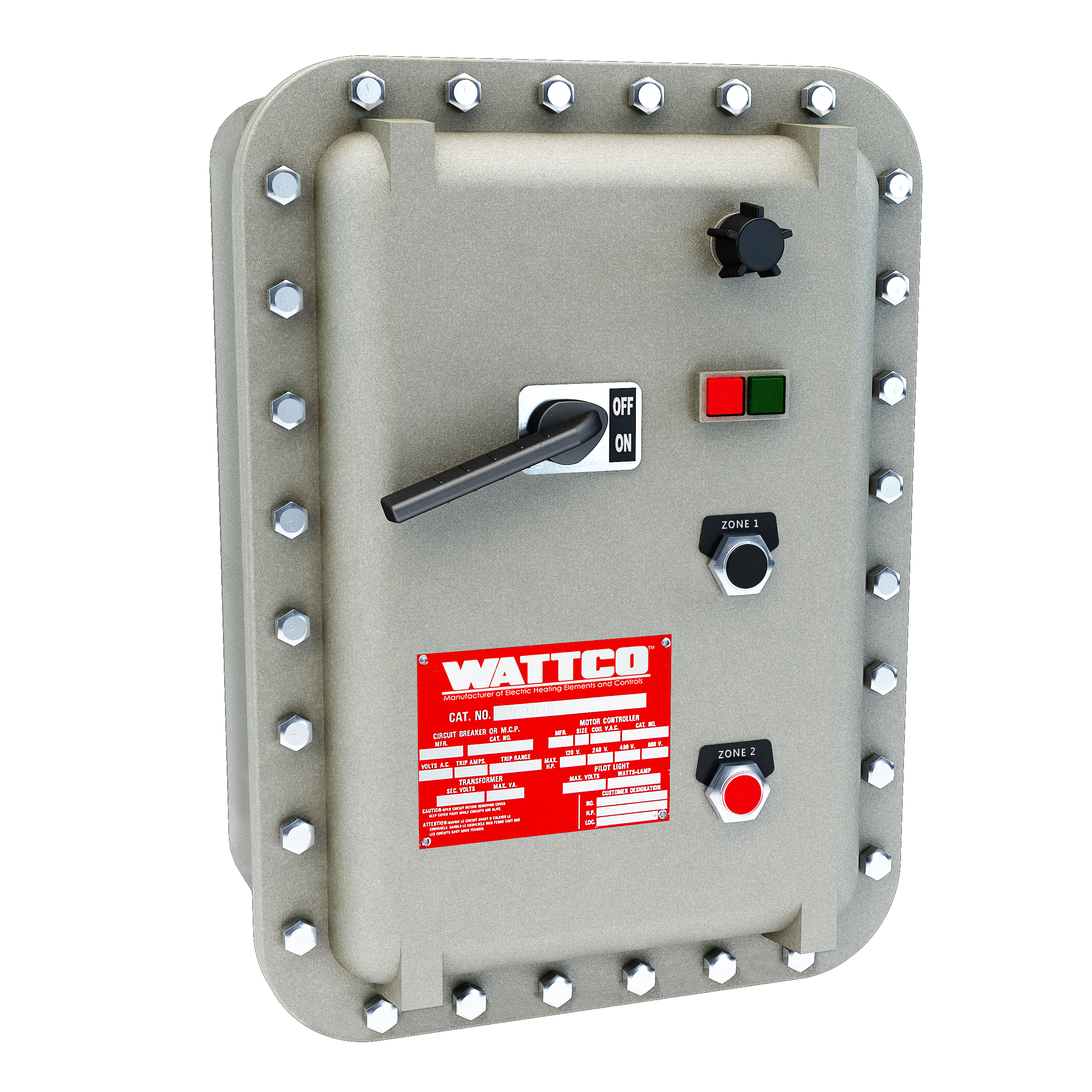Explosion-Proof Enclosures for Oil and Gas Industries
Professionals in the oil and gas industries understand the vital importance of being continually aware of the various dangers that workers face in hazardous environments. One of these dangers is posed by flammable substances, whether gas, vapor, dust, or liquid, which may cause catastrophic damage if accidentally ignited. In some cases, these substances can combust with alarming ease; even a simple and ordinarily harmless electrical malfunction is capable of creating an arc discharge, with potentially tragic results. To counter such hazards, many companies in these industries employ explosion-proof enclosures in strategic areas. Let’s take a look at explosion-proof enclosures in further detail.
- Characteristics of Explosion-Proof Enclosures
Explosion-proof enclosures come in various types; they can be made of stainless steel, fiberglass, aluminum, sheet metal, or another durable material. What these enclosures have in common is their ability to protect electrical equipment in a proper fashion. A correctly constructed enclosure needs to be sturdy enough to contain any kind of interior explosion and stop it from igniting flammable substances in the immediate area. Therefore, the enclosure must prevent sparks or any other catalysts from escaping; it also has to be heat-resistant enough to avoid triggering a fire or explosion. In other words, enclosures of this type are able to isolate malfunctioning equipment from all other elements present in the environment. It’s worth pointing out that these enclosures are not designed to withstand external explosions—they are required only to be able to manage potentially hazardous activity originating from the equipment that they surround.
As you might expect, the criteria defining explosion-proof enclosures have been standardized by several regulatory bodies. It’s important for industry professionals to be well acquainted with these criteria—non-standard enclosures are dangerous and must not be used in sensitive environments. With that in mind, we’ll turn now to the precise definitions that regulators have applied to these enclosures.
Image courtesy of Praisaeng / FreeDigitalPhotos.net
- What Are NEMA 7 Enclosures?
 It’s no secret that the National Electrical Manufacturers Association (NEMA) has a huge role in developing various standards relating to electrical equipment. In fact, “NEMA ratings” tend to play a large role in discussions of equipment commonly used in the gas and oil sectors. However, not everyone can explain what these ratings mean in significant detail.
It’s no secret that the National Electrical Manufacturers Association (NEMA) has a huge role in developing various standards relating to electrical equipment. In fact, “NEMA ratings” tend to play a large role in discussions of equipment commonly used in the gas and oil sectors. However, not everyone can explain what these ratings mean in significant detail.
NEMA publishes literally hundreds of industry standards, governing everything from roadway lighting poles to x-ray tubes, but the one relevant in our discussion here is NEMA Standards Publication 250-2003, “Enclosures for Electrical Equipment (1000 Volts Maximum).” This document lists the formally recognized types of enclosures, which are classified as suitable either for hazardous or non-hazardous locations. Types 7, 8, 9, and 10 are for hazardous-area enclosures; these grades indicate devices intended to contain explosions emanating from electrical equipment and/or to prevent the combustion of nearby volatile materials such as dust—in other words, these types are explosion-proof enclosures. Type 7 is the kind most often seen in the oil and gas industries. Enclosures labeled Type 7, or “NEMA 7,” are officially defined as ones intended to prevent gas explosions at indoor sites “classified as Class I, Division 1, Groups A, B, C, or D as defined in NFPA 70.” Of course, a definition like this raises as many questions as it answers. For a fuller explanation, we’ll have to turn to the NFPA 70, also known as the National Electrical Code, or NEC.
- What the NFPA 70 Says About Explosion-Proof Enclosures
First published in 1897 and currently revised every three years, the National Electrical Code—often referred to as the NFPA 70—is the standard reference for professionals involved in electrical installation. The criteria for a NEMA 7 enclosure rely on specific characteristics whose definitions are laid down in the NFPA 70. We’ve established that a NEMA 7 explosion-proof enclosure is categorized as “Class I, Division 1, Groups A, B, C, or D”—so what does this mean?
The first criterion, Class, refers to the type of hazardous substances present in the immediate environment where the enclosure is installed. The NFPA 70 recognizes three environments: Class I sites are characterized by the presence of flammable gas or vapor (e.g. oil refineries); Class II locations contain flammable dust (e.g., flour mills); and Class III sites feature flammable fiber materials (e.g., cotton mills). NEMA 7 enclosures are categorized as Class I.
The second criterion is Division. This refers to the likelihood that hazardous substances might be present in the environment at any particular time. A Division I location is one where hazardous substances are present during typical operating conditions. By contrast, a Division II location is one where these substances are present only in abnormal circumstances. A NEMA 7 explosion-proof enclosure is categorized as Division I.
The third and final criterion, Group, indicates the specific types of hazardous substances that the enclosure must be equipped to handle. These substances are too numerous to list here, but they include acetylene (a Group A substance), hydrogen (Group B), cyclopropane (Group C), gasoline (Group D), methane (Group D), and ethanol (Group D). A NEMA 7 enclosure must be designed to protect against the accidental ignition of all of the substances listed in Groups A, B, C, and D.
In sum, any NEMA 7 explosion-proof enclosure used to protect electrical components found in an indoor environment must be designed to prevent malfunctions from igniting hazardous gases or vapors that are present locally in normal conditions. For more information about Wattco’s products for the oil and gas industries, please visit the dedicated section of our site.
Sources:
- http://www.nema.org/Standards/Pages/default.aspx
- http://www.nema.org/Products/Documents/nema-enclosure-types.pdf
- http://www.nfpa.org/codes-and-standards/document-information-pages?mode=code&code=70&tab=editions
